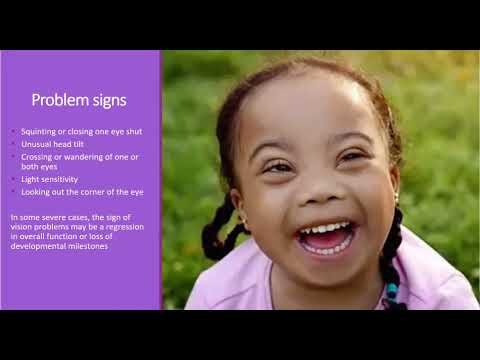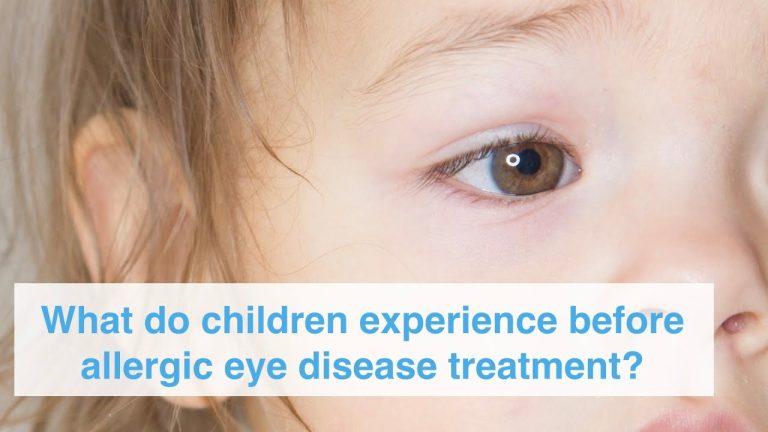Understanding and Managing Genetic Eye Disorders in Children for Optimal Vision Care
Children are the future, and their eyes play a crucial role in shaping their world. Unfortunately, some children are born with genetic eye disorders that affect their vision and cause discomfort in their daily lives.
Genetic eye disorders are inherited abnormalities caused by changes or mutations in genes responsible for vision. These disorders may present at birth, in childhood, or later in life. Early detection and treatment are paramount in managing genetic eye disorders, and parents should look out for signs of any visual abnormalities in their children.
Common Genetic Eye Disorders in Children
There are various genetic eye disorders in children, and some of the most prevalent include:
- Retinoblastoma: This is a rare form of cancer that develops in the retina, the light-sensitive layer of tissue at the back of the eye. Signs of retinoblastoma may include a white or cloudy pupil, crossed eyes, or poor vision in one eye.
- Albinism: This condition causes a lack of pigment in the hair, skin, and eyes, and can lead to visual problems such as reduced visual acuity, light sensitivity, and nystagmus.
- Achromatopsia: Children with this disorder have little or no color vision and may suffer from photophobia, poor visual acuity, and nystagmus.
- Aniridia: Children with aniridia have an incomplete or absent iris, which can cause sensitivity to light and blurred vision.
- Stargardt disease: Also known as macular degeneration, this disorder causes a progressive loss of central vision, which can lead to legal blindness.
Diagnosis and Treatment
Diagnosis of genetic eye disorders in children involves a comprehensive eye exam, including a medical and family history review, visual acuity tests, and assessments of eye movements and alignment. Genetic testing may also be necessary to diagnose some disorders.
Early diagnosis and intervention are vital in managing genetic eye disorders in children, as they can lead to irreversible vision loss if left untreated. Treatment options may include eyeglasses, contact lenses, low vision aids, medication, or surgery, depending on the type and severity of the disorder.
Conclusion
In conclusion, genetic eye disorders in children can have a significant impact on their vision and overall quality of life. Parents should keep an eye out for any visual abnormalities in their children and seek professional help if they suspect a problem. Early diagnosis and intervention can help manage the disorder and prevent irreversible vision loss.
Most wanted in Hoya Vision:
What are prism eyeglass lenses?
Hoya Lens Engravings
What brand lenses does Costco use?
What does +0.25 mean on an eye test?
Do tinted glasses help with migraines?
Hoya Identification Chart
Should eyeglasses cover eyebrows?
What LED light is best for broken capillaries?
What is the difference between Ray Ban RB and Rx?
Does hyperopia worsen with age?
















